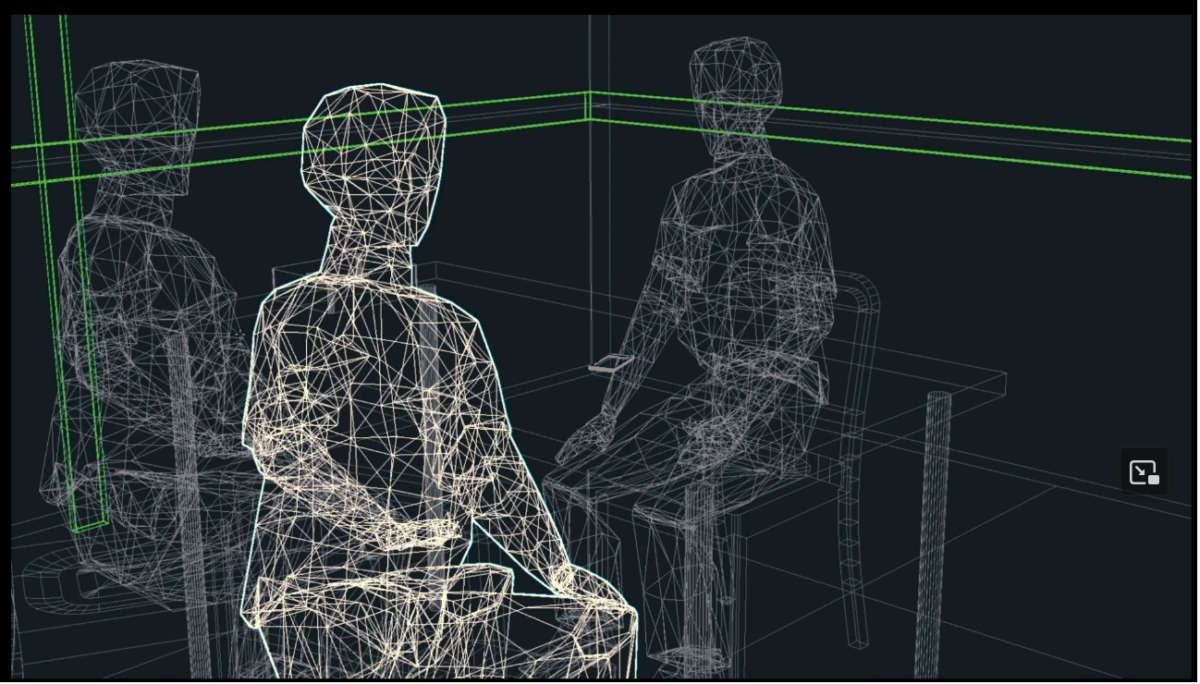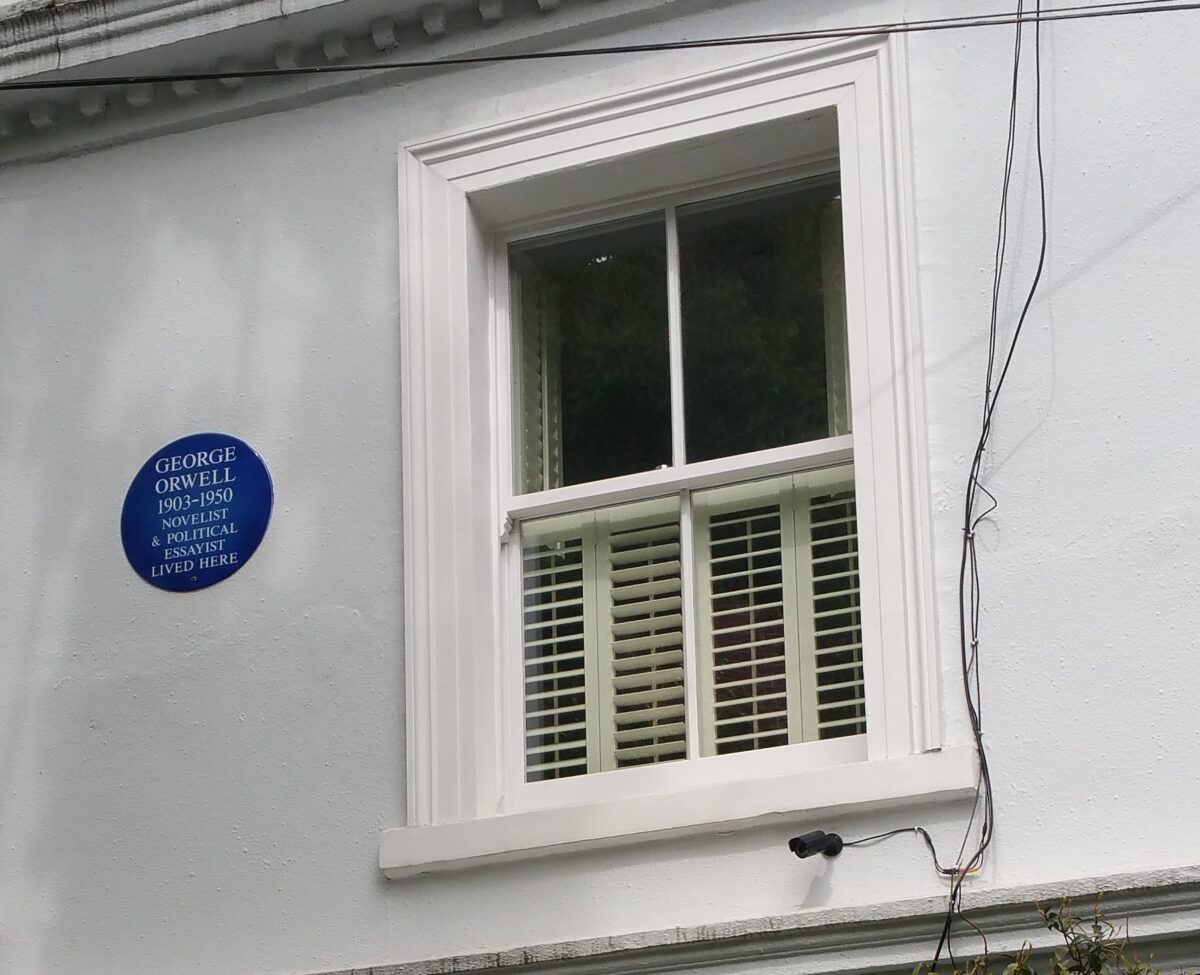One of the basic principles of data protection law is the requirement for consent for change of use. For example, giving a site a mobile number for two-factor authentication doesn’t entitle it to sell that number to a telemarketing company. Providing a home address to enable package delivery doesn’t also invite ads trying to manipulate my vote in an election. Governments, too, are subject to data protection law, but they have more scope than most to carve out – or simply take – exceptions for themselves.
And so to the UK’s Department of Work and Pensions, whose mission in life is supposed to be to provide people with the financial support the state has promised them, whether that’s welfare or state pensions – overall, about 23 million people. Schools Week reports that Jen Persson at Defend Digital Me has discovered that the DWP has a secret deal with the Department of Education granting it access to the National Pupil Database for the purpose of finding benefit fraud.
“Who knows their family’s personal confidential records are in the haystack used to find the fraudulent needle?” Persson asks.
Every part of this is a mess. First of all, it turns schools into hostile environments for those already at greatest risk. Second, as we saw as long ago as 2010, parents and children have little choice about the data schools collect and keep. The breadth and depth of this data has been expanding long enough to burn out the UK’s first campaigner on children’s privacy rights (Terri Dowty, with Action for Rights of Children), and keep the second (Persson) fully occupied for some years now.
Persson told Schools Week that more than 15 million of the people on the NPD have long since left school. That sounds right; the database was created in 2002, five years into Tony Blair’s database-loving Labour government. In the 2009 report Database State, written under the aegis of the Foundation for Information Policy Research, Ross Anderson, Terri Dowty, Philip Inglesant, William Heath, and Angela Sasse surveyed 46 government databases. They found that a quarter of them were “almost certainly illegal” under human rights or data protection law, and noted that Britain was increasingly centralizing all such data.
“The emphasis on data capture, form-filling, mechanical assessment and profiling damages professional responsibility and alienates the citizen from the state. Over two-thirds of the population no longer trust the government with their personal data,” they wrote then.
The report was published while Blair’s government was trying to implement the ID card enshrined in the 2006 ID Cards Act. This latest in a long string of such proposals following the withdrawal of ID cards after the end of World War II was ultimately squelched when David Cameron’s coalition government took office in 2010. The act was repealed in 2011.
These bits of history are relevant for three reasons: 1) there is no reason to believe that the Labour government everyone expects will win office in the next nine months will be any less keen on dataveillance; 2) tackling benefit fraud was what they claimed they wanted the ID card for in 2006; 3) you really don’t need an ID *card* if you have biometrics and ubiquitous, permanent access online to a comprehensive government database. This was obvious even in 2006, and now we’re seeing it in action.
Dowty often warned that children were used as experimental subjects on which British governments sharpened the policies they intended to expand to the rest of the population. And so it is proving: the use of education data to look for benefit fraud is the opening act for the provision in the Data Protection and Digital Information bill empowering the DWP to demand account data from banks and other financial institutions, again to reduce benefit fraud.
The current government writes, “The new proposals would allow regular checks to be carried out on the bank accounts held by benefit claimants to spot increases in their savings which push them over the benefit eligibility threshold, or when people send [sic] more time overseas than the benefit rules allow for.” The Information Commissioner’s Office has called the measure disproportionate, and says it does not provide sufficient safeguards.
Big Brother Watch, which is campaigning against this proposal, argues that it reverses the fundamental principle of the presumption of innocence. All pervasive “monitoring” does that; you are continuously a suspect except at the specific points where you’ve been checked and found innocent. .
In a commercial context, we’d call the coercion implicit in repurposing data given under compulsion bait and switch. We’d also bear in mind the Guardian’s recent expose: the DWP has been demanding back huge sums of money from carers who’ve made minor mistakes in reporting their income. As BBW also wrote, even a tiny false positive rate will give the DWP hundreds of thousands of innocent people to harass.
Thirty years ago, when I was first learning about the dangers of rampant data collection, it occurred to me that the only way you can ensure that data can’t be leaked, exploited, or used maliciously is to not collect in the first place. This isn’t a choice anyone can make now. But there are alternatives that reverse the trend toward centralization that Anderson et. al identified in 2009.
Illustrations: Haystacks at a Moldovan village (via Wikimedia).
Wendy M. Grossman is the 2013 winner of the Enigma Award. Her Web site has an extensive archive of her books, articles, and music, and an archive of earlier columns in this series. She is a contributing editor for the Plutopia News Network podcast. Follow on Mastodon.








